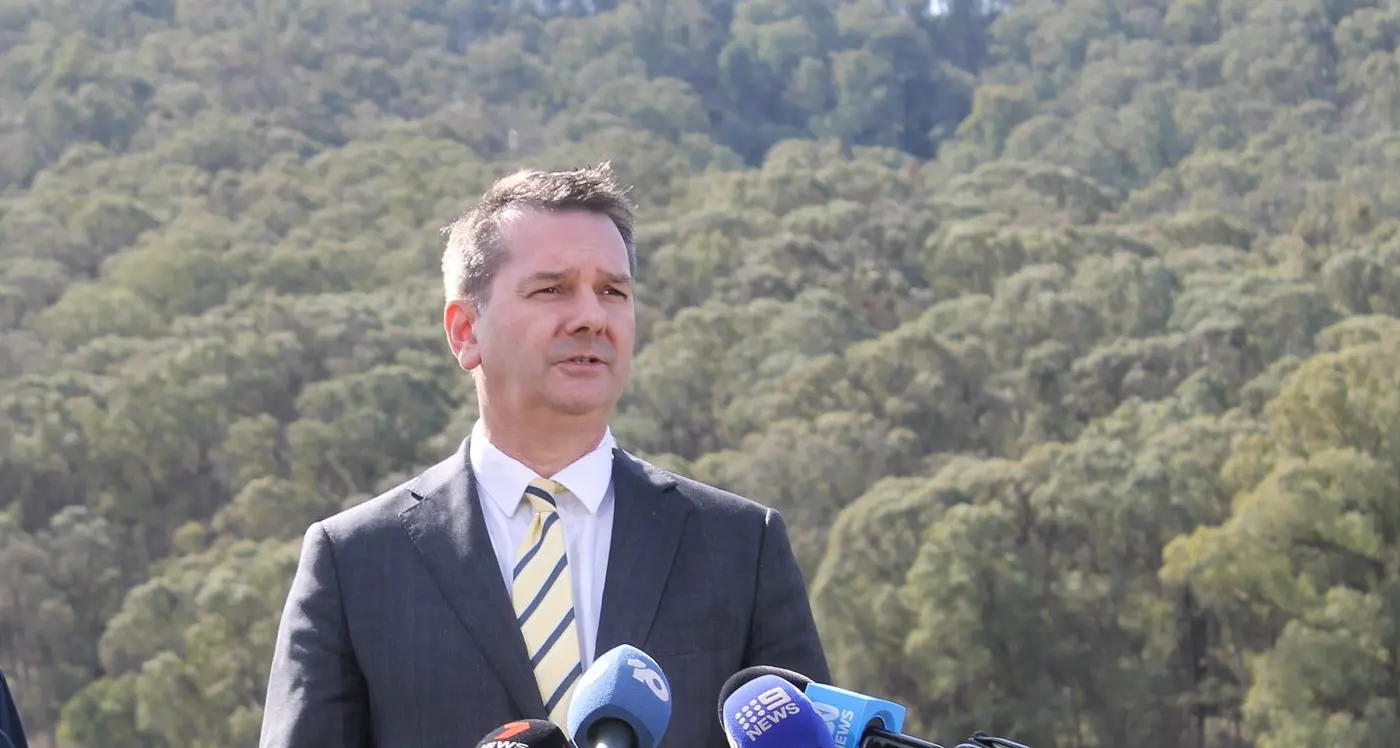Ricegrowers have labelled the Drought of Record Bill as flawed and capable of locking up almost 25 per cent of effective water allocation.
Ricegrowers Association of Australia appeared before the NSW Upper House inquiry into the Bill last week to warn the impact would potentially shift more water away from irrigation to high priority water needs.
The RGA recommended against the Bill proceeding, and future water management Bills be based on detailed analysis of impacts, formulated in consultation with stakeholders.
The stated purpose of the Bill is to secure town water supplies. However, town water supplies in the Murrumbidgee and NSW Murray are already adequately secured through a number of water policy decisions made since the Millennium drought.
RGA president Rob Massina said the objective of the Drought of Record Bill was flawed and could result in the locking up of significant volumes of water, estimated to be between 18 and 25 per cent of effective allocation, for no good reason.
“Rather than trying to maximise the outcomes we as a State can achieve with the limited water resource available to us, the Bill seeks to reduce overall access to water for all water users,” Mr Massina said.
“This Bill flies in the face of the principles set out in the 2004 National Water Initiative, and the many water reform instruments developed since, which all seek to maximise environmental, economic and social outcomes from water use.”
Mr Massina said the Bill contradicted the NSW and Federal Governments aims of stimulating the economy in order to recover from COVID-19.
“The agricultural sector will play a significant role in driving the economy forward. Further limiting irrigation production for no good reason is nonsensical considering this current economic context,” he said.
“This proposed Bill seeks to apply a blanket policy change across all valleys in the State, without any detailed consideration of the real impacts of the policy changes at a valley level.
“Each valley in NSW is unique and policy changes should take into account the characteristics of, and rules regulating, each valley.”
The NSW Government has begun the development of regional water strategies for each valley. Security and availability of water supply will be a key issue analysed through this process.




